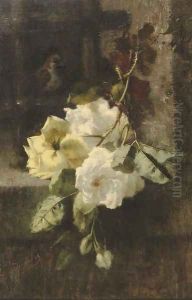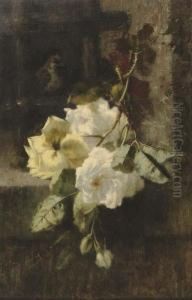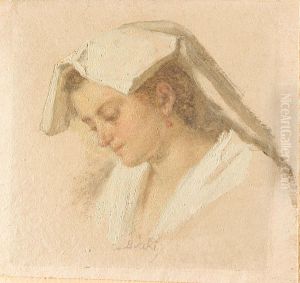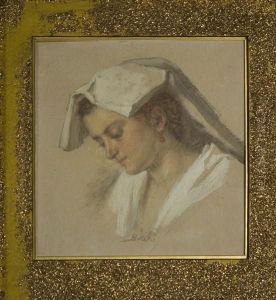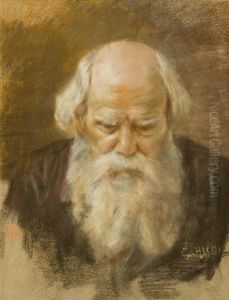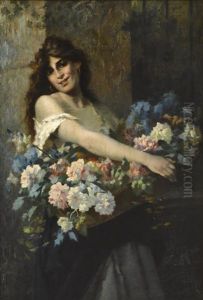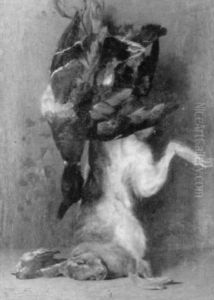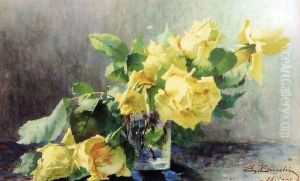Ermocrate Bucchi Paintings
Ermocrate Bucchi was an Italian painter who was born in 1850 in Florence, Italy. He is known primarily for his genre paintings, portraits, and landscapes, which reflect the influence of the Macchiaioli, a group of Italian artists who were active in Tuscany in the second half of the 19th century. The Macchiaioli are often compared to the French Impressionists, although they developed independently and focused more on the play of light and shadow in their works, which they referred to as 'macchie' or 'patches.'
Bucchi received his artistic training at the Academy of Fine Arts in Florence, where he was influenced by his contemporaries and the rich artistic heritage of the region. Throughout his career, he exhibited his works in various Italian cities and received recognition for his contributions to the Italian art scene. His paintings often depicted everyday life in Italy, capturing moments of leisure, the beauty of the Italian countryside, and the lives of common people, with a particular focus on the effects of sunlight and natural settings.
Despite being less well-known internationally than some of his contemporaries, Bucchi's work was appreciated for its realism, attention to detail, and the ability to convey the mood and atmosphere of the scenes he portrayed. His landscapes and portraits are characterized by a warm color palette and a sensitive handling of light, which gives his paintings a particular luminosity.
Ermocrate Bucchi's career spanned a period of significant change in the art world, as traditional academic art gave way to new movements like Impressionism and Post-Impressionism. While he was not a revolutionary artist in the sense of radically altering the course of art history, his work represents an important chapter in the story of 19th-century Italian art. Bucchi passed away in 1919, leaving behind a legacy of work that continues to be studied and appreciated for its quiet beauty and its faithful representation of Italian life at the turn of the century.
